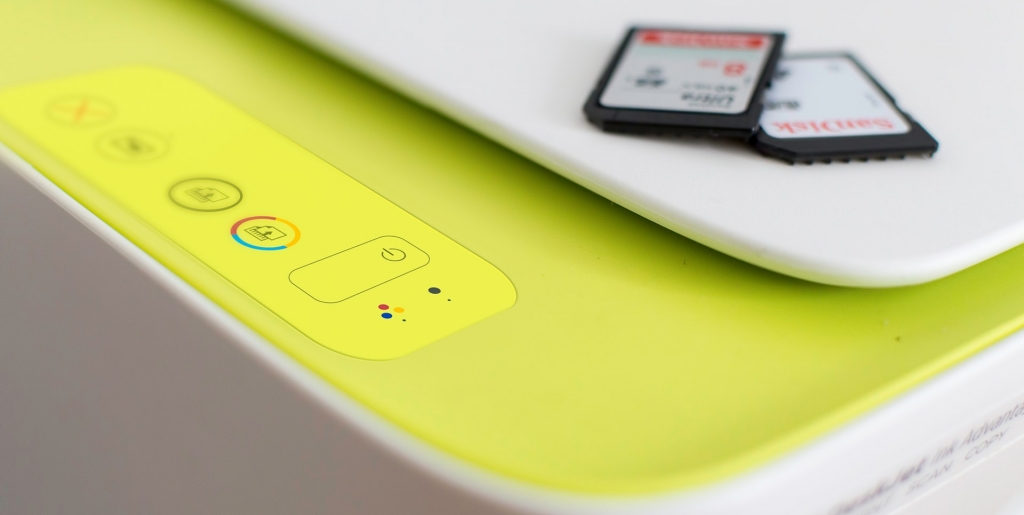Printers
You might have thought with the digitization of everything that printers would simply slip into the ether. Not so! Printers are alive and well, and while more documentation is indeed shared electronically in 2019, printing is still a thing.
If you’ve got a new printer on the mind, the first thing to consider is staying within your budget. Yet, compared to other things, printers are an interesting case as the upfront cost of the printer will be the least of your worries. What is really at play is how much replacement ink will cost moving forward. It’s a common practice for some of the cheapest printers to have the most expensive ink. No surprise here, that’s how manufacturers make their money. So, a good thing to do before any major printer purchase is investigate how much that ink is going to run you.
Another handy tip is seeing if you can pick up third-party ink cartridges and whether you can refill them. Using unapproved cartridges however could void your warranty so be careful what you’re jamming into that new HP. Next up is the type of ink. Ink cartridges come in three principal configurations – two ink cartridges (a black one and an all-in color one), four ink cartridges (a black one and then three separate ones for yellow, magenta, and cyan), and finally, inkwells, where the printer draws its ink from refillable wells. Of the three, inkwells are the most economical. To give you an idea, and Epson EcoTank has the capacity for printing 14,000 black pages (or 11,200 color ones) on a single refill. At that rate you get two years of very heavy usage.
While ink is critical, skimping on the print quality won’t get you anywhere. Who cares if you can print a heavy dosage if the quality is terrible. If the printer is just going to be for home use, a simple inkjet printer should be fine. But it’s good to keep in mind what are the things that affect print quality. The number one item is the design of the printhead. Next is the quality of the printer’s driver, and finally, the ink (as we spoke about earlier). But before all this, key in on the printer’s DPI (dots per inch). This indicates how accurately the printer will replicate a source image’s pixels.
So, you got the ink picked out, the quality already assessed, and next up is print speed. This is critical as we can’t express how important it is to get things done quickly and efficiently. Folks who are really churning out documents need a speedy printer, and a speedy printer is measured through PPM (pages per minute). Different printers will understandably have different PPM speeds. On the box many manufacturers (but not all) will indicate a PPM rating. This is how many pages of black text a printer can whip out in a minute. The higher the better, and to give you a range – 5PPM up to 25PPM.
And finally, wireless connectivity. Maybe this isn’t a deal breaker for some, but for this scribe it is a definite need. Where are you printing from? Which devices will be in use? Two critical questions to ask yourself and wireless connection is never a bad thing. A great list of items to ponder when choosing that next printer. Best of luck!


Comments:
Login to leave a reply